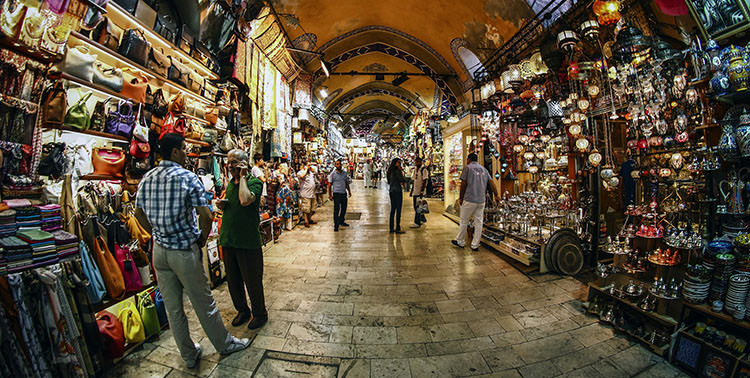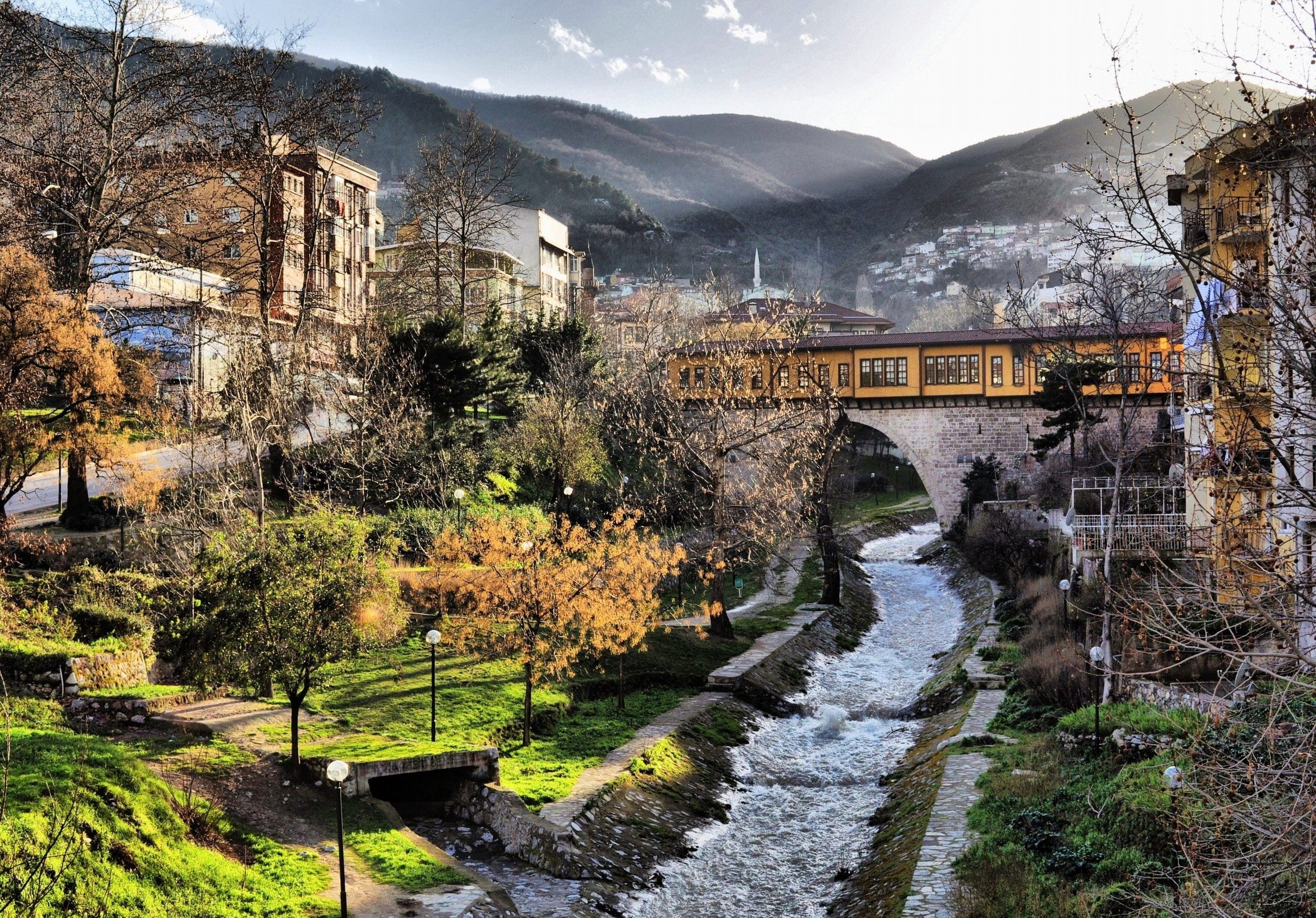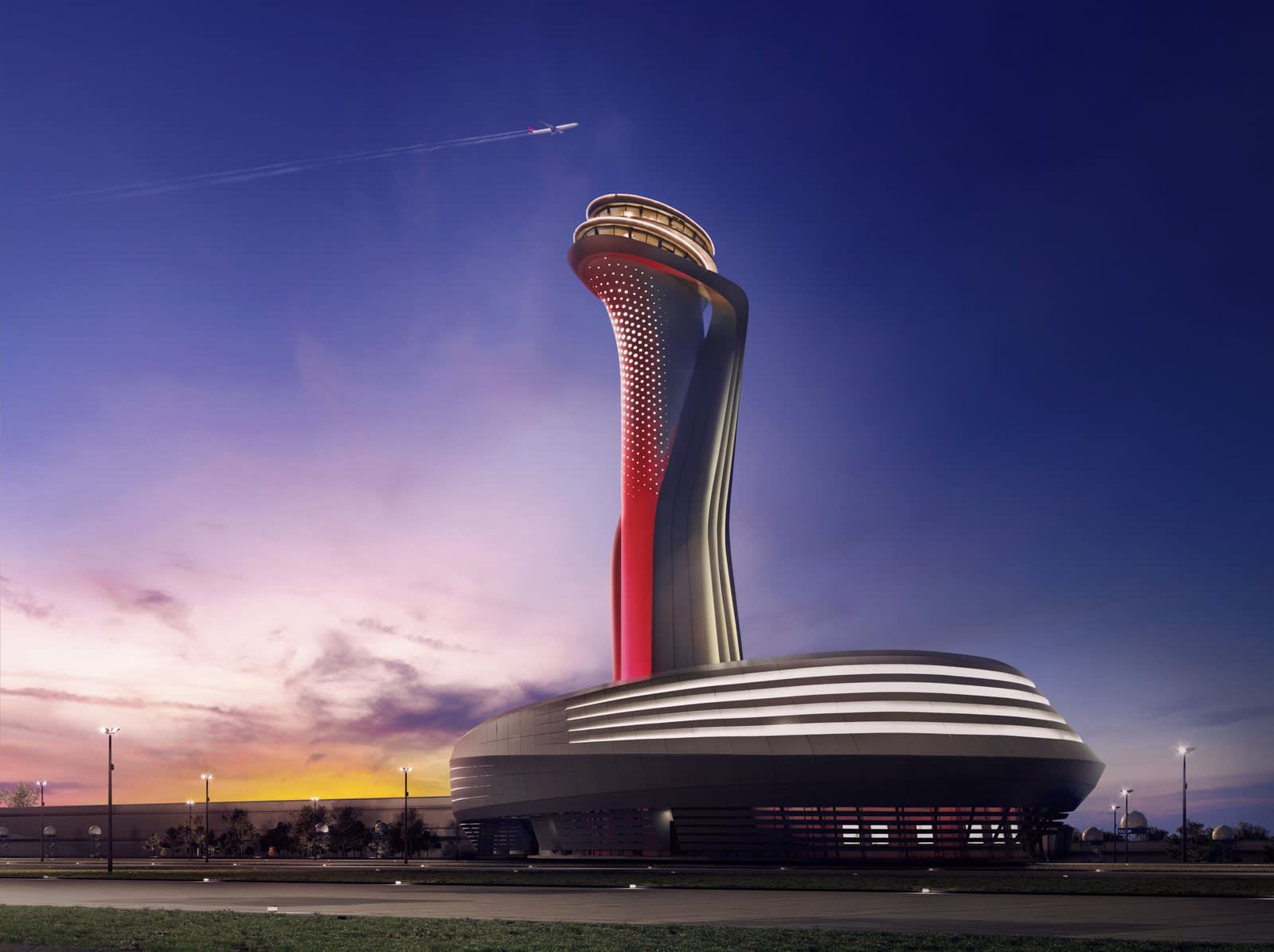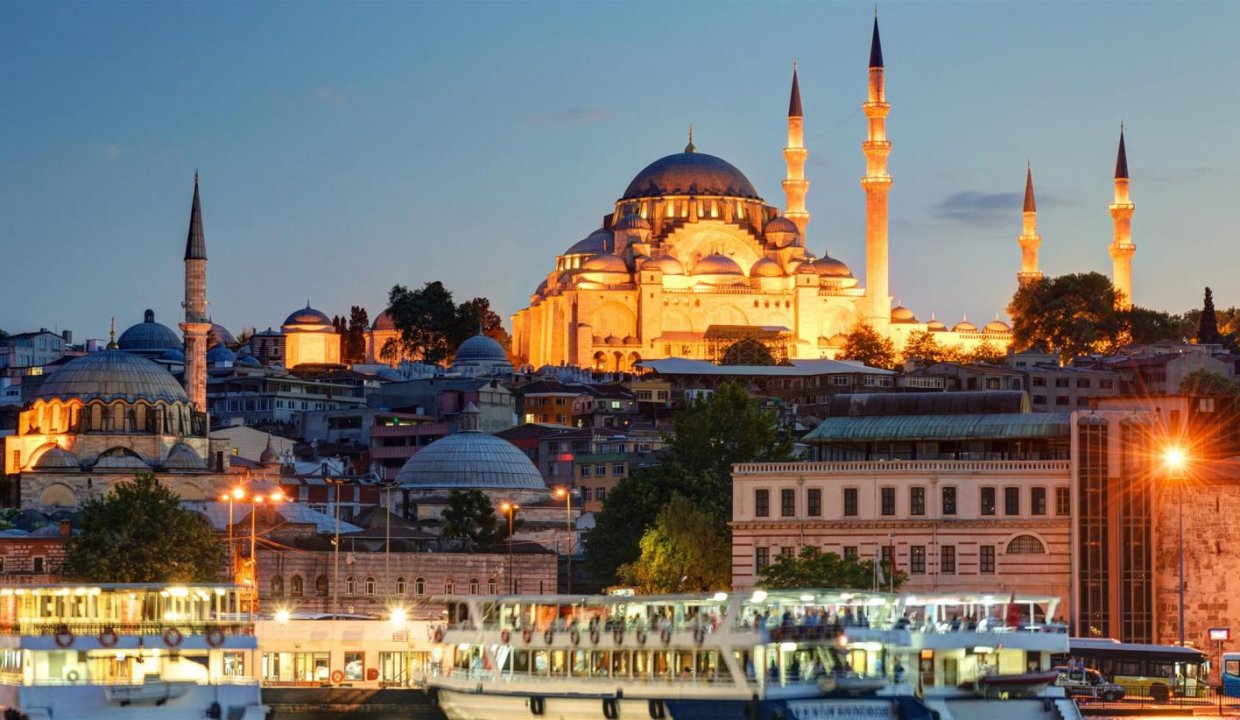The Grand Bazaar also Büyük Çarşı, meaning ‘Grand Market in Istanbul is one of the largest and oldest covered markets in the world, with 61 covered streets and over 4,000 shops on a total area of 30,700 m2, attracting between 250,000 and 400,000 visitors daily.In 2014, it was listed No.1 among the world’s most-visited tourist attractions with 91,250,000 annual visitors The Grand Bazaar at Istanbul is often regarded as one of the first shopping malls of the world.
The Grand Bazaar is located inside the Walled city of Istanbul, in the district of Fatih and in the neighbourhood (mahalle) bearing the same name (Kapalıçarşı). It stretches roughly from west to east between the mosques of Beyazit and of Nuruosmaniye. The Bazaar can easily be reached from Sultanahmet and Sirkeci by trams (Beyazıt-Kapalıçarşı stop).
The construction of the future Grand Bazaar’s core started during the winter of 1455/56, shortly after the Ottoman conquest of Constantinople and was part of a broader initiative to stimulate economic prosperity in Istanbul. Sultan Mehmed II had an edifice erected devoted to the trading of textiles and jewels near his palace in Constantinopol. It was named Cevâhir Bedestan (“Bedesten of Gems”) and was also known as Bezzâzistan-ı Cedîd (“New Bedesten”) in Ottoman Turkish. The word bedesten is adapted from the Persian word bezestan, derived from bez (“cloth”), and means “bazaar of the cloth sellers”, The building – named alternately in Turkish İç (“Internal”), Atik (“Ancient”), or Eski (“Old”) Bedesten – lies on the slope of the third hill of Istanbul, between the ancient Fora of Constantine and of Theodosius.
The construction of the Bedesten ended in the winter of 1460/61, and the building was endowed to the waqf of the Hagia Sophia Mosque. Analysis of the brickwork shows that most of the structure originates from the second half of the 15th century, although a Byzantine relief representing a Comnenian eagle, still enclosed on the top of the East Gate (Kuyumcular Kapısı)) of the Bedesten has been used by several scholars as proof that the edifice was a Byzantine structure
In a market near the Bedesten, named in Turkish Esir Pazarı, the slave trade was active, a use also carried over from Byzantine times.Other important markets in the vicinity were the second-hand market (Turkish: Bit Pazarı),the “Long Market” (Uzun Çarşı), a long porticoed mall stretching downhill from the Forum of Constantine to the Golden Horn, which was one of the main market areas of the city, while the old book market (Sahaflar Çarşısı) was moved from the Bazaar to the present picturesque location near the Beyazid Mosque only after the 1894 Istanbul earthquake.
Recurrent calamities, fires and earthquakes hit the Grand Bazaar. The first fire occurred in 1515; another in 1548.Other fires ravaged the complex in 1588, 1618 (when the Bit Pazarı was destroyed), 1645, 1652, 1658, 1660 (on that occasion the whole city was devastated), 1687, 1688 (great damage occurred to the Uzun Çarşı) 1695, and 1701. The fire of 1701 was particularly fierce, forcing Grand Vizier Nevşehirli Damad Ibrahim Pasha to rebuild several parts of the complex in 1730–1731. In 1738 the Kızlar Ağası Beşir Ağa endowed the Fountain (still existing) near Mercan Kapı.
The last major catastrophe happened in 1894: a strong earthquake that rocked Istanbul. The Minister of Public Works, Mahmud Celaleddin Pasha, supervised the repair of the damaged Bazaar until 1898, and on this occasion the complex was reduced in area. To the west, the Bit Pazarı was left outside the new perimeter and became an open-sky road, named Çadırcılar Caddesi (“Tentmaker Road”), while the old gate and the Kütkculer Kapi were demolished. Among all the hans which belonged to the Market, many were left outside, and only nine remained enclosed in the structure.
In 1914 the Sandal Bedesten, whose handlers of textile goods had been ruined by the European competition, was acquired by the city of Istanbul and, starting one year later, was used as an auction house, mainly for CARPETS. In 1927 the individual parts of the bazaar and the streets got official names. The last fires of bazaar happened in 1943 and 1954, and the related restorations were finished on 28 July 1959.
The last restoration of the complex took place in 1980. On that occasion, advertising posters around the market were also removed.




